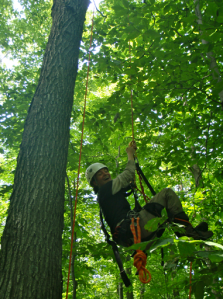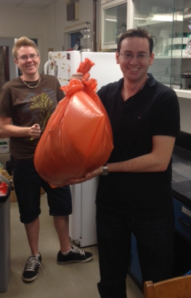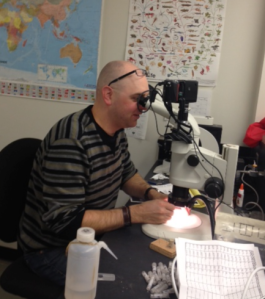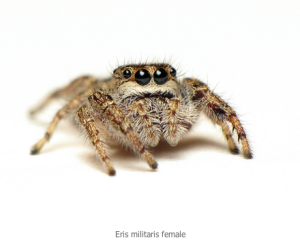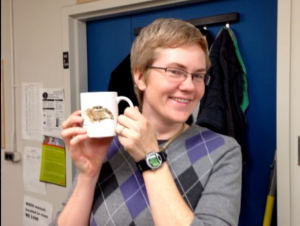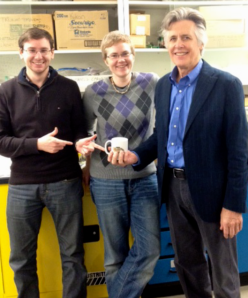The academic term is over, and so are my teaching duties (until September). This is the time of year that I sometimes get asked how I am going to spend my summer off from work. Many people think that Professors teach University classes and then sit back and relax for four months every summer - Oh, we may wander in to work now and then, do some ‘critical thinking’, muse poetically about society and our place in it, but by in large, the summer is for leisure time, long lunches, vacation, and recovery after that tough eight months of teaching.
WRONG!
For a Professor at a University with a research focus in addition to teaching duties, the summer is for making significant progress on research. For a field biologist, such as myself, summer is often the busiest time of year. Studying animals outside (in Northern countries) means that we must cram a lot of work into four short months! Quite often we also work on grant applications (many of these are due in the early Autumn), and without grants, our research programs will fail. Yes, the summer offers some flexibility, but it certainly isn’t all leisure - a lot of work must get done and the expectations are high.
In my laboratory this summer, Dorothy Maguire (who did pass her comprehensive examination successfully - congratulations, Dorothy) will be doing her second summer of field work on her PhD project about the effects of forest fragmentation on hebivory (by insects) in the Montérégie. This project is done in collaboration with Dr. Elena Bennett’s research team (and Elena is Dorothy’s co-supervisor). This work is very exciting and novel, in part because Dorothy is putting this work in the context of “ecosystem services” -i.e., the various services that humans get from ecosystems. Insects feed on trees, and trees are valuable to humans, so the linkages between insect herbivores and ecosystem services are important to study, especially in the context of fragmented forests of SW Quebec.
We also have a field team heading up to the Yukon Territory to finish some field collections in the context of the Northern Biodiversity Program. Katie, Crystal, and Laura will be collecting spiders, beetles, parasitoids (& more) along the Dempster Highway (one of the most beautiful places on the planet).
To help us prepare for the summer, we must first clean up our messy lab. As is tradition in the Arthropod Ecology Laboratory, spring cleaning happened this past week. We put on a brave face, tackle all the dark corners of the laboratory, throw out unlabelled material, clean the desks and discover quite a number of surprises. A couple of lovely finds this year included an unlabeled 10 lb bag of soil at the bottom of a fridge (yikes!), and a colony of Collembola (springtails) from 2003!! (there was no evidence of life within that jar, yikes again!):
Springtime is therefore an exciting time in the lab, and as an Academic at McGill, it’s an important period of transition from a teaching focus to a research focus. I certainly do take my official vacation time in the summer, but in addition to that time, the summer months are busy and (hopefully) productive. Remarkably, I can also find time to use a microscope again - this is a rare event, as this post describes. Want proof? Here you go:
